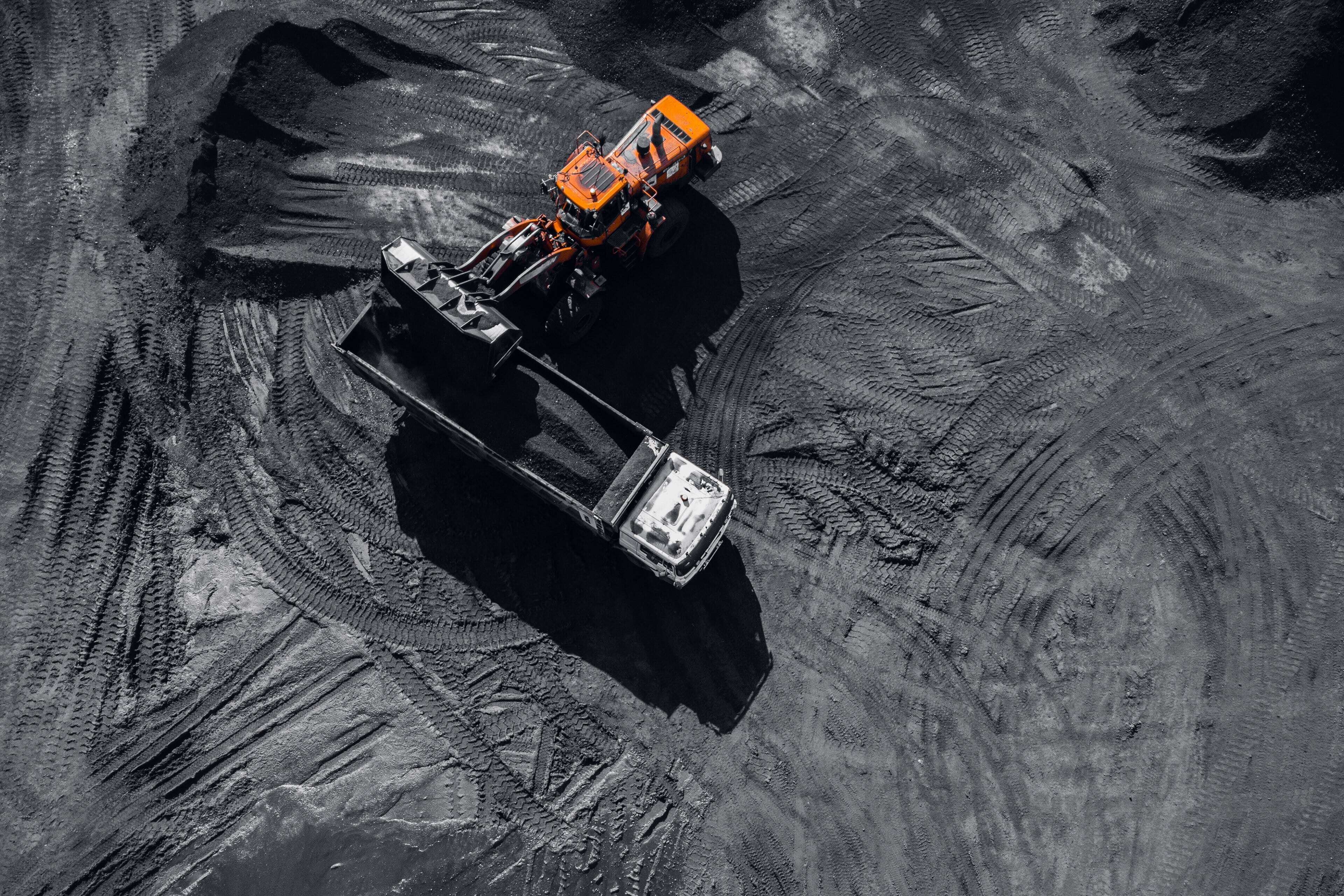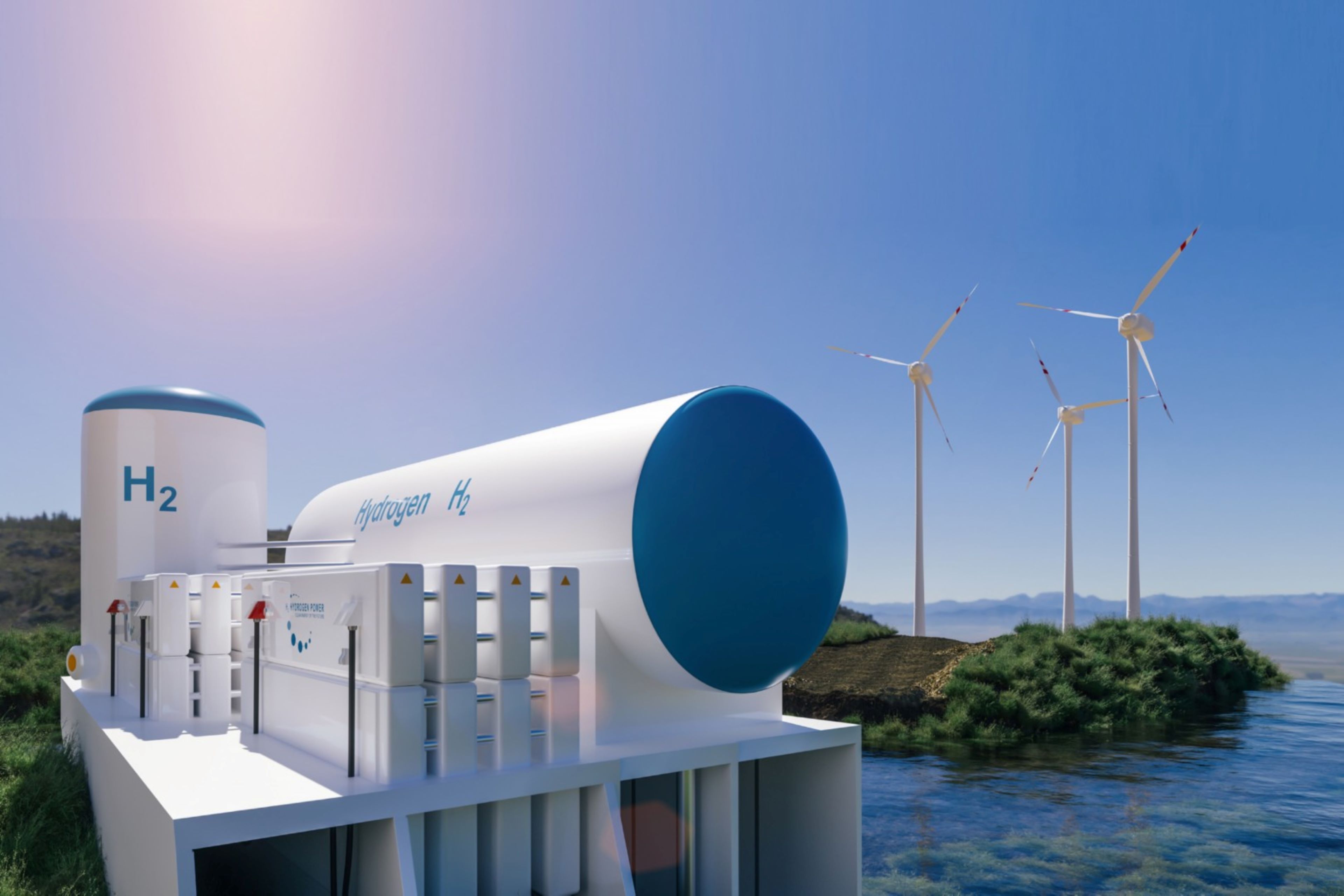EY refers to the global organization, and may refer to one or more, of the member firms of Ernst & Young Global Limited, each of which is a separate legal entity. Ernst & Young Global Limited, a UK company limited by guarantee, does not provide services to clients.
How EY can help
-
EY offers Digital Grid Services to help companies digitize their grids and improve operations. Our Smart Grid solutions can help you reduce costs and enhance performance.
Read more
Coal and iron ore are key driving factors of the mining sector in India. There lies a huge scope and opportunity for increasing the capacities of coal and iron ore mines and considerable opportunities for future discoveries of sub-surface deposits. While India has adequate iron ore reserves, however, the same is not the case for coal as there are not sufficient reserves for coking/metallurgical coal. To keep the industry globally competitive, India plans to maximize the use of its domestic reserves to meet its requirement for coking coal to reduce iron ore to iron.
The Government of India is also working toward the development of the metals and mining sector by launching key policy initiatives and regulatory interventions in the auction process, levy of duties, and land availability. Private sector has also adapted new technologies, automation and digitization. However, there is still a considerable scope of improvement .
The Indian steel sector has been vibrant and is growing at a CAGR of about 5% to 6% y-o-y. With a V-shaped demand recovery post-COVID-19 and the policy announcements made by the government across sectors, including rail, road, aviation, gas pipeline, and housing and changes in global supply and demand equations, the industry has had record production and growth in FY 2021 and 2022.








